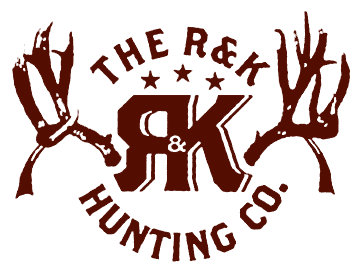Hunting can serve many purposes to many different people. To some, it’s merely a fun, recreational activity to destress and get outside. For others, it can be a bonding and teaching experience for families.
Hunting can be a competitive challenge that pushes you to grow and improve. Hunting can also be a way to bring in food and resources for your family. Others may go hunting to come home with the ultimate trophy – a hunting conquest for a large animal you’ve killed through skill and hard work.
Trophy hunting has always been popular, but regulations and conservation efforts have affected the locations and types of trophy hunting that you can pursue as a recreational hunter.
Trophy hunting doesn’t appeal to everyone, but to those who are drawn to a big kill or want something impressive to display in your home or office, a trophy hunt might be right for you.
What is a Trophy Hunt?
A trophy hunt is a hunt in which you’re looking for a significant kill. Usually, the kill isn’t about the meat, but the “trophy” you bring home. Most trophy hunts revolve around a large male species, which can then be finished and displayed to great effect. Perhaps it’s a bearskin rug, an antelope head, elk antlers, or horns. The “trophy” of the trophy hunt will be cleaned and prepared for display by an expert taxidermist, and then hung or placed proudly wherever you would like to see it.
Can I Trophy Hunt?
The ability or freedom to go on a trophy hunt depends on many factors. Trophy hunting is legal in most countries, but with strict regulations and conservation stipulations. In the United States, ranch hunting like that provided by R & K Hunting abides by the Endangered Species Act and other federal regulations to provide legal and protected trophy hunting of a variety of trophy targets. Depending on your area, you may need to draw a specific tag to hunt a particular species of game. And of course, you’ll need a valid hunting license to attempt a trophy hunt. Our experts at R & K Hunting can help you determine exactly what you would need to acquire or do if you wanted to embark on a trophy hunt.
What’s the best way to Trophy Hunt?
Trophy hunting is best undertaken when you have a lot of experience, patience, and focus on what you want. Unlike casual hunting, trophy hunting is more complicated and difficult.
Trophy hunting requires more planning and preparation. If you’re serious about a trophy hunt and want to maximize your chances for a positive experience, the best thing to do is to go with R & K Hunting.
Our hunting guides can work with you on your hunting goals and targets. Our exclusive hunting properties can increase your exposure to a big game and create the best conditions for achieving your own trophy kill.
R & K Hunting has years of experience helping hunters just like you on their first trophy hunts and can help you bring home that trophy you’ve been dreaming of.
